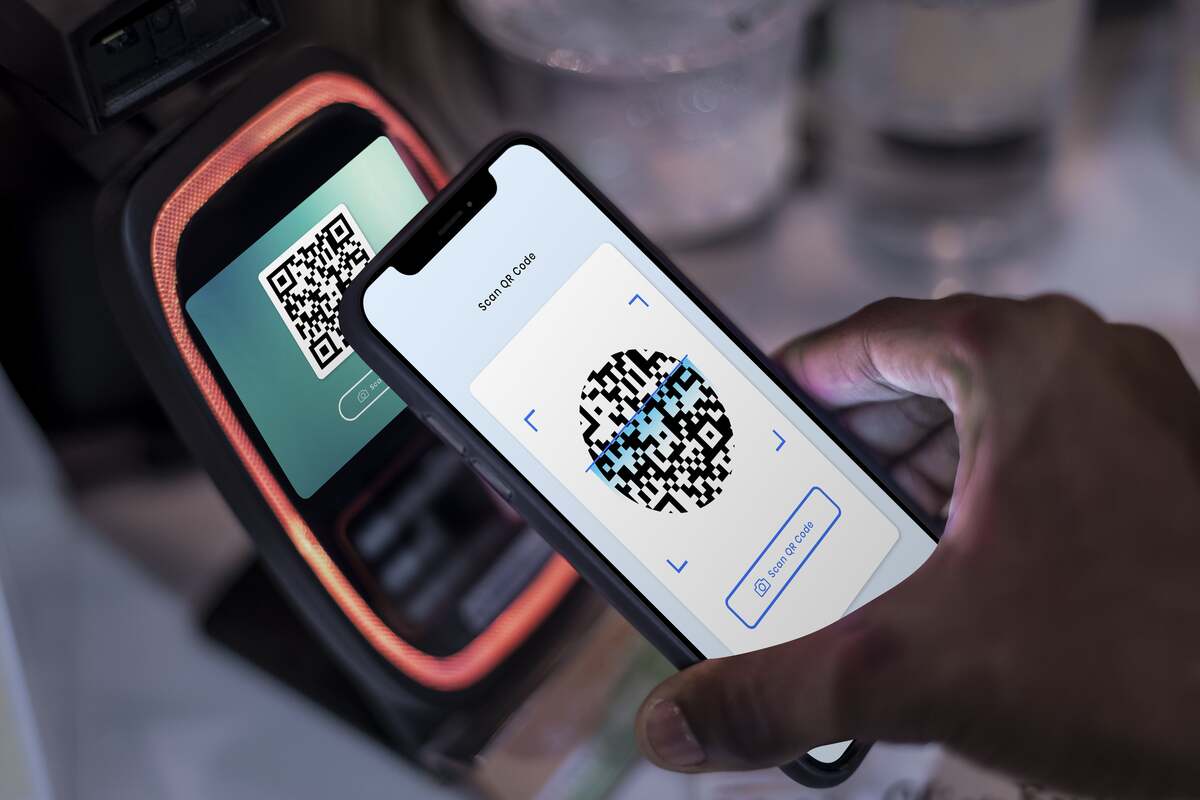Introduction
With the increasing popularity of digital payments, UPI Payments in India have rapidly increased and been adopted very quickly. India is moving towards a cashless economy. In this post, we will discuss the success of the UPI-based payment system and why it has a bright future in India.
A new trend in payment systems has been experienced in India since 2016
After Demonization in India, common people in India struggled to make payments. The Unified Payment Interface (UPI) was launched in August 2016, which allows users to make payments and receive money from any bank account using their mobile phones. The UPI is based on the IMPS architecture, but unlike it has no limit on transaction size or number of transactions per day. Users can link their bank accounts with virtual IDs (one VPA can link with multiple bank accounts) and create a QR code for each account through which they can accept funds from others VPA or send money directly into another person’s account without having their own mobile number saved on that person’s phonebook app like Paytm or PhonePe etc
Why UPI Payments?
UPI is a payment system that allows users to make and receive payments from their smartphones. It was developed by the National Payments Corporation of India (NPCI), which is owned by all major banks in India. UPI makes use of an interface on the phone, instead of requiring users to share sensitive information over the internet or via SMS channels.
UPI also offers several benefits over other forms of digital payments:
- Speed – It takes just a few seconds for money transfers between two people using UPI
- Security – All transactions are protected by end-to-end encryption technology, making them secure against fraud or hacking attempts
India is a developing country and only 55.5% of the population has access to bank accounts
India as a developing nation has only its 60% of the population access to bank accounts. Most people use cash for their daily needs, which makes it tough for them to move towards digital payments. To overcome this issue government has introduced UPI payments in India. So that everyone can use digital money instead of cash and make transactions easier
Also, there is another reason why UPI became so popular that is convenience! All you have to do is enter the phone number or scan the QR code on your phone screen with someone else’s account number (and vice versa), it saves time as well as reduces human error during transactions because there are no mistakes like typing the wrong account numbers etc., which usually happens when making online purchases using credit/debit cards at websites like Amazon or Flipkart etc.
Universal Payment Interface (UPI Payments) are becoming a part of our daily lives
Universal Payment Interface (UPI) payments are becoming a part of our daily lives. UPI is an application that allows you to send and receive money from other users. The best part about UPI is that it’s easy to use, convenient and secure.
You can do many things with your UPI app such as:
- Make payments from one bank account to another bank account in real-time
- Request money from people who don’t have an account in your bank but have linked their Aadhaar number with their phone number
- Send or request money through a Virtual Payment Address (VPA).
Conclusion
With the growing popularity of UPI payments, we can say that India is moving towards a cashless economy. Spreading awareness to the people and constantly guiding them will help people to adopt more quickly. The government’s initiative towards digitization has helped in increasing awareness among people about digital payments and also encouraged them to adopt this technology.





